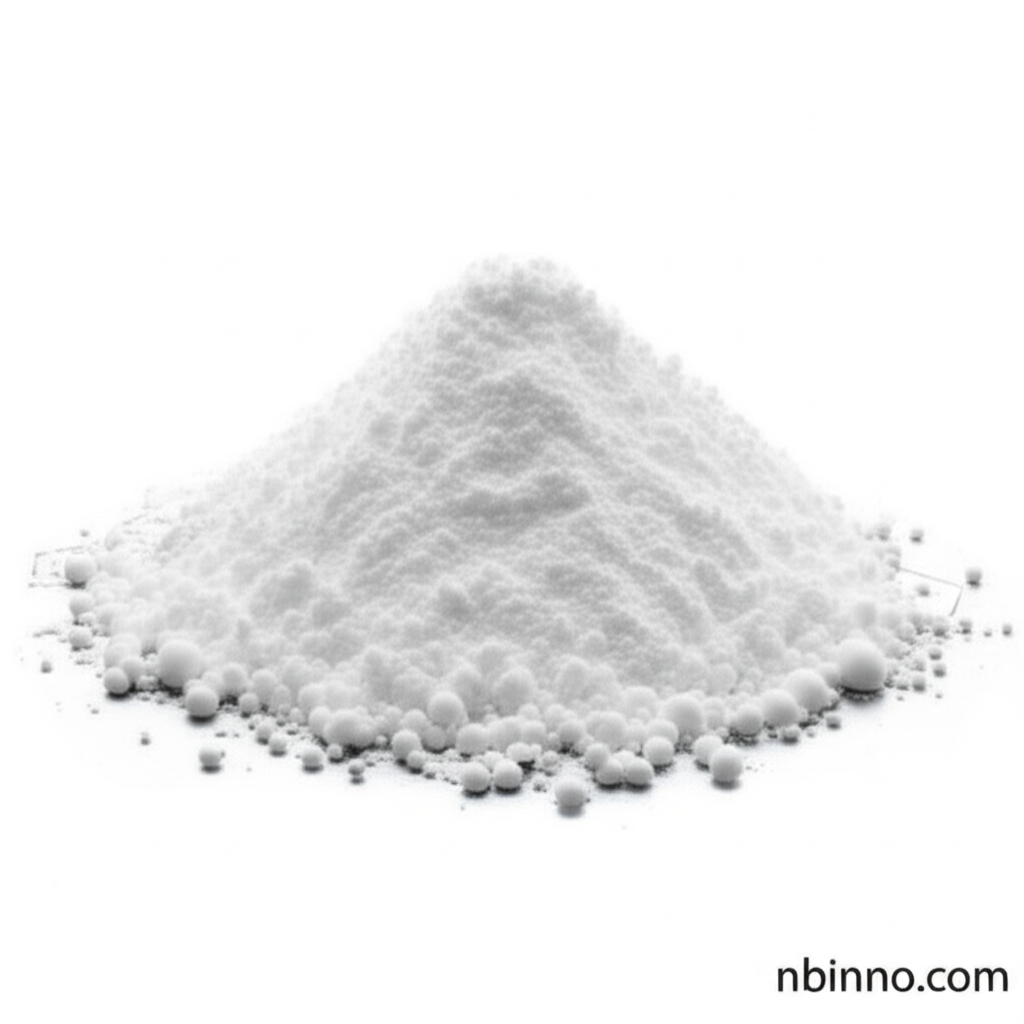Glycopyrrolate: Understanding its Applications, Mechanism, and Benefits in Pharmaceutical and Medical Fields
Explore the multifaceted world of Glycopyrrolate, from its therapeutic uses to its detailed pharmacological profile.
Get a Quote & SampleProduct Core Value

Glycopyrrolate Bromide
Glycopyrrolate Bromide is a synthetic quaternary ammonium anticholinergic agent, recognized for its ability to block muscarinic acetylcholine receptors. This action leads to a reduction in various bodily secretions and smooth muscle relaxation. Its therapeutic applications span across several medical areas, offering targeted relief and management for conditions like excessive salivation and respiratory secretions.
- Glycopyrrolate oral solution children find relief from severe sialorrhoea, a crucial benefit for pediatric patients with neurological disorders.
- The glycopyrronium bromide mechanism of action involves competitive antagonism of muscarinic receptors, effectively reducing glandular secretions.
- Understanding glycopyrrolate side effects pediatric patients experience is key for safe and effective treatment titration.
- The glycopyrrolate pharmacokinetics detail its absorption, distribution, and elimination, vital for dosage adjustments and efficacy.
Advantages Offered by Glycopyrrolate Bromide
Targeted Secretion Reduction
Glycopyrrolate Bromide effectively targets and reduces excessive secretions from salivary, bronchial, and sweat glands, offering significant relief in various clinical scenarios, as supported by glycopyrrolate medical indications.
Limited Central Nervous System Effects
Due to its quaternary ammonium structure, Glycopyrrolate Bromide has limited ability to cross the blood-brain barrier, minimizing central side effects and making it a safer option for sensitive patient populations, a point emphasized in glycopyrrolate safety data.
Versatile Therapeutic Applications
Its efficacy in treating conditions like severe sialorrhoea in children and its use in COPD management demonstrate the versatile therapeutic applications of Glycopyrrolate Bromide, a subject frequently explored in glycopyrronium bromide clinical trials.
Key Applications
Sialorrhoea Management
Glycopyrrolate Bromide is a primary treatment for severe sialorrhoea, particularly in children with neurological conditions, improving their quality of life by reducing chronic drooling. This is a key finding from studies on glycopyrrolate oral solution children.
Respiratory Secretion Control
In surgical settings, it is used to reduce salivary and tracheobronchial secretions, ensuring clearer airways and facilitating better anesthetic management, aligning with its role in surgical secretion reduction.
Hyperhidrosis Treatment
Glycopyrrolate has also shown utility in managing hyperhidrosis (excessive sweating), providing a valuable option for patients suffering from this condition, as indicated by research on glycopyrrolate uses hyperhidrosis.
COPD Symptom Relief
Its bronchodilator properties make it a component in managing Chronic Obstructive Pulmonary Disease (COPD), helping to alleviate symptoms and improve breathing for patients. This application is a focus of glycopyrrolate COPD treatment research.
